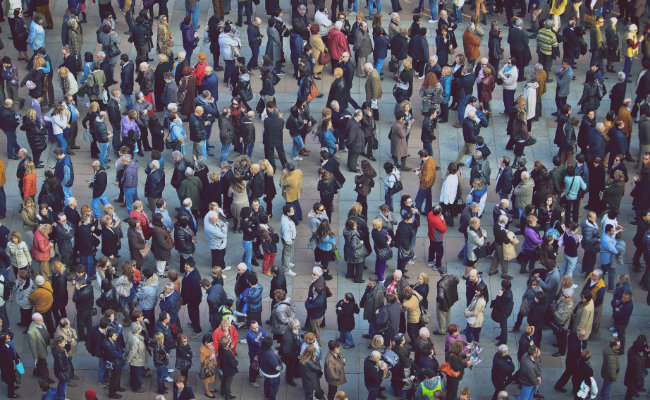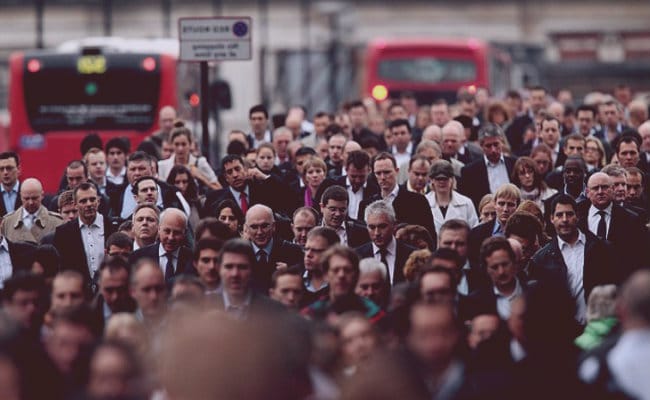The term social component refers to the entire structure that builds a population in a given region, said structure is composed of factors such as the density of the population, its characteristics, composition, migratory movements and other factors that involve the development of a society. in general.
Next we will give you all the information you need to know about the social components, what are the development factors that accompany it and why it is necessary to preserve order in these components.
What are the social components?
In general terms, a social component is a structure composed of all the factors of society that infer it, that is, that the term encompasses everything that makes it up, such as migratory movements and demographic characteristics of the same social structure.
At the same time, it studies the different problems that affect the population to offer a quick and feasible solution for the correct development of the group. The state is obliged to guarantee each of the social components all the resources and attention so that the common good is better and better.
What are its elements?
The study of each social component is directed to sciences such as psychology and social sciences.
Each of these branches of science describes the human being as the main protagonist of society where he must be aware of the density of your population, of the demographic space and common characteristics that are what make the cultural identity of the country or region have stronger foundations.
Since you know superficially what are some of the social components, we want you to fully recognize each of them and the characteristics that accompany it:

Social classes
They are the groups that make up society, this term is based on the purchasing power and economic conditions of each component. The social class is intrinsically affected by the direction of the state, who and how governs is the most important for the development of the different social classes.
Each social stratum has been influenced by contemporaneity where they speak of upper, middle and lower classes. This shows the degrees of injustice and inequality that each country experiences.
Urban distribution
It is the way in which the population is distributed, which is divided into two categories: urban population and rural population.
Through urban distribution it is possible to have control over public services and access to economic activities.
It can be observed how in the territories that have urban distribution has greater economic growth than the rural ones.
In general, the urban population has greater possibilities of growth and improvement than the rural population, this is due to the development opportunities that cities have.
On the other hand, one of the phenomena observed within the population classifications is the migration of people from rural to urban areas.
Culture
The term culture encompasses all behavior and evolution of the different inhabitants of the country, region or state.
Social behaviors such as values, religious beliefs, political doctrines are the factors that will determine how culture is maintained in people.
It is necessary to remember that each geographic space is conditioned by the cultural qualities of the population. Religion in particular makes cultures rich in diversity.
Natural components
The geographical space is constituted mainly by the natural components that form it, this aspect is key for the proper functioning of societies, their development depends on the management that is given to the natural components according to the geographical spaces that limit it.
This is made up of the fauna, flora, relief and other demographic characteristics of the region.
Social components studied by demography

Demography is the science that studies the different aspects of a locality according to human populations.
It is based on a statistic that studies the structures and behaviors of the population as well as each of the processes that make up the human being, among them we can find:
Population size
This refers to the number of people who reside in a specific location, this is one of the most determining factors when establishing a study of the needs of the population. Population size is measured through the birth and death rate.
Nations with low population indices tend to be very strong economies with greater industrialization.
Population composition and density
This has to do with the sexes, races and age of the population, the composition measures the distribution of the population according to languages, cultures, and agricultural and industrial structures according to square kilometers.
Cloud ERP Implementation
Internal or external migration influences the migrants themselves, in the space they cover, migration is also spoken of when people move from one place to another due to climate change or the transfer of people to urban areas in search of well-being and growth.
Urbanization
This is another social component that studies the organization and behavior of a population according to the urbanizations in which it operates. This is done through a demographic study that qualifies the statistics of the potential in the population.
Fertility and fecundity
Fertility studies the number of children a woman can have in the reproductive years, and fertility studies the number of children a woman can support according to her economic possibilities.
An example of the high fertility rate is the female population of Africa, who are capable of having up to six children per woman.
Mortality and life expectancy
Mortality is measured by counting the deaths of every 1000 people in a population, this factor is linked to the potential that a region has according to the reduction of older adults.
On the other hand, the control of infant mortality also influences the growth and development of the population, the average number of deaths of children between the ages of 0 to 1 year is measured for every 1000 births in a year.
Population control or family planning
Very important within the structure of social components, it is about population control or family planning. There is an average that indicates that the world population doubles every 35 years, it is thanks to this that governments like China have chosen to regulate the number of children a family can have, in order to have better control over the density of the population and its needs in general.
This factor has its pros and cons, due to the inequality that some women experience when they are marginalized and controlled in their fertility and the number of children they can have.
However, it is still key to social welfare that some countries implement family planning standards for their citizens, much more those countries that have very low or scarce economic levels.
this civer is not good poop